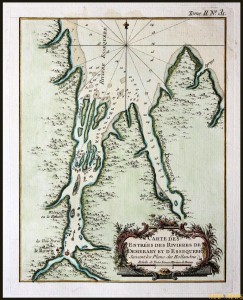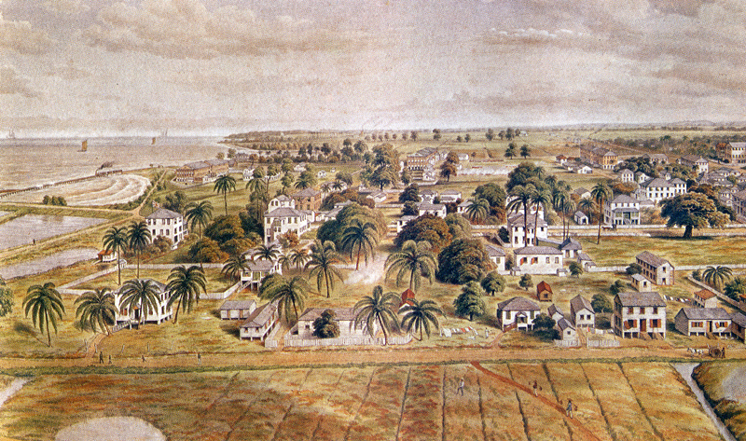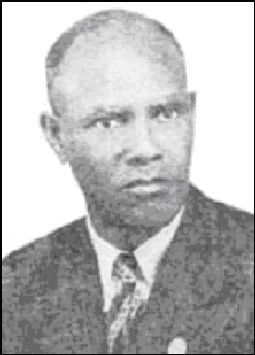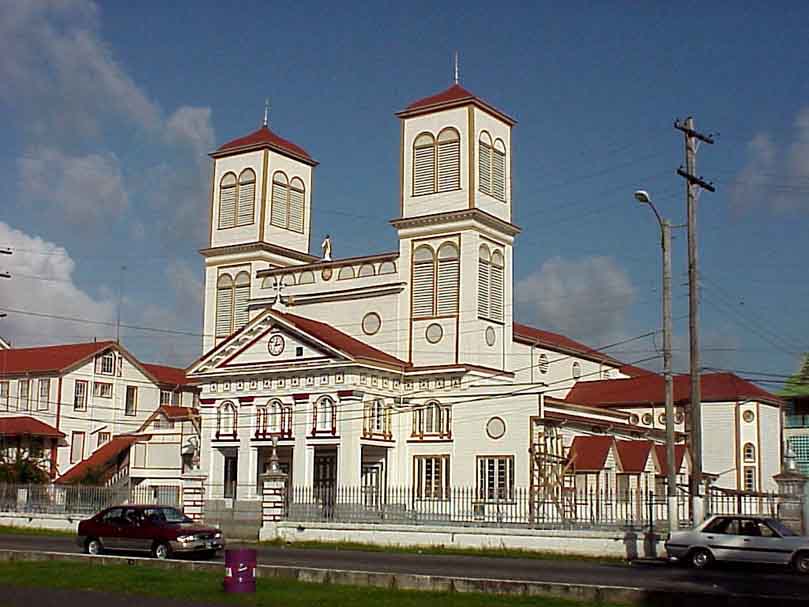(CONTINUED FROM APRIL 21)
It is well here to try to realize the relative position of the three centres of Dutch population by that time established in Guiana, on the Pomeroon, the Essequibo and the Berbice. Each stood, as it were, in a clearing of land otherwise everywhere covered with dense forest down to the edge of the water. Between these clearings there was no road and no means of communication except by water. Between them lay a dense, trackless forest, inhabited only by [indigenous] Indians.
Gradually, however, in spite of the isolation, the settlers on the Essequibo on the one side, and on the Berbice on the other, began to extend their cultivation towards the then hardly known Demerara River, which lies between the two.




